Last updated on December 19th, 2023
Arizona is the 14th most populous and the 6th most extensive of the 50 states of the U.S. It is landlocked and lies in the southwestern region of the United States. The state attained statehood on February 14, 1912, becoming the 48th state to join the union. Its five bordering states are Nevada, New Mexico, Utah, California, Colorado. See the full list of the 50 states and their borders here. Arizona (nicknamed: the Copper State) has 15 counties. The state’s capital is Phoenix. The postal abbreviation for Arizona is AZ. With these facts about Arizona, let us learn more about its history, geography, people, economy and more.
Facts about Arizona
1. Arizona is one of the four corner states. Other three being New Mexico, Colorado, and Utah. It means that you can be in all four states at the same time when you are at the four corners (where the boundaries of four states meet, that point is marked by the Four Corners Monument).
2. Arizona joined the union as the 48th state and hence it is the last of the contiguous states to do so.
3. Arizona attained statehood on 14th February which coincides with Valentine’s Day.
Arizona on the map
4. Arizona, Utah, Nevada, New Mexico and California were a part of Mexico in some point in history. Arizona became a part of the U.S. after the country won the American-Mexican war in 1848.
5. Phoenix, the capital of Arizona, is the most populous state capital in the United States. It is also the only state capital with a population of more than a million. The city was founded in 1867 by Jack Swilling.
6. Arizona’s capital moved four times, from Fort Whipple to Prescott in 1868, Tucson in 1877, and Phoenix in 1889. These relocations reflect the state’s changing demographics and evolving identity over the years.
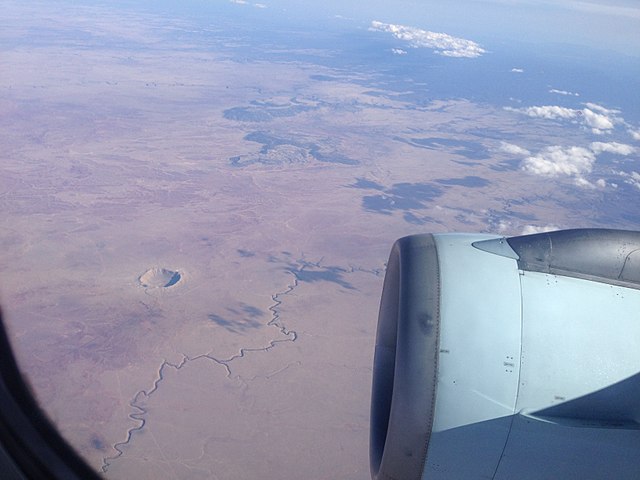
7. Arizona is also home to the best-preserved crater on Earth – the Barringer Crater. It has a diameter of about 1,200 meters and a depth of 170 meters. It is estimated that the crater is 50 thousand years old. Astronauts were trained for Apollo missions on this crater.
8. Sunset Crater near Flagstaff, Arizona, is a vivid testament to nature’s power, formed by a volcanic eruption in 1085 AD. Its colorful rim and dramatic history make it a captivating destination for visitors.
9. More than 50% of the state lies at an elevation of more than 4,000 feet above sea level.

10. Humphreys Peak at 12,633 feet is the highest point in Arizona.
11. Copper was discovered in Arizona is 1854.
12. Arizona is the largest copper producing state in the Union. This fact is also made evident with the usage of a copper star on the flag of the state. Representing the thirteen original colonies, the flag consists of 13 alternating red and yellow rays.
13. The amount of copper in the state Capitol Building Arizona is equivalent to 4.8 million pennies.
14. The state, among all other states, has the highest percentage of land set aside and designated as Indian land.
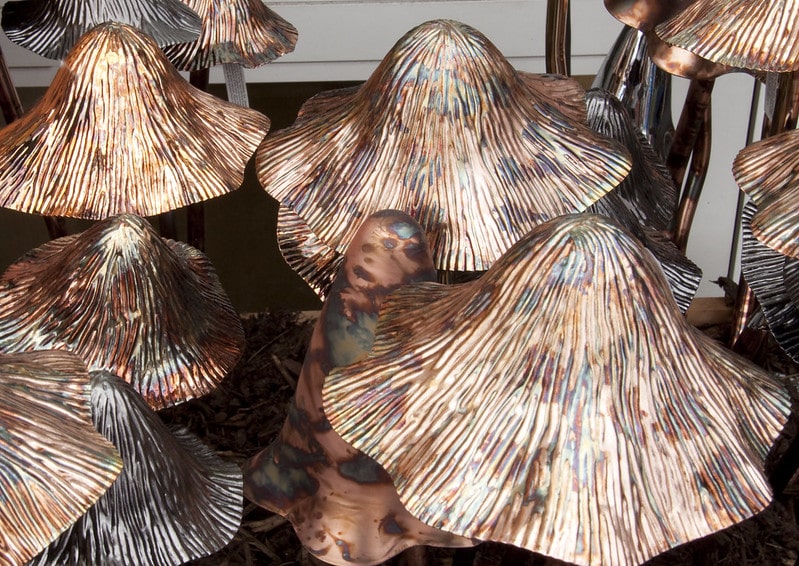
15. Arizona’s southern border spans 389 miles (626 kilometers) alongside Mexico, symbolizing a rich interconnection of history, culture, and trade between the two regions.
16. Arizona features 22 national parks and monuments, showcasing diverse wonders like the Grand Canyon, Sedona’s red rock formations, and ancient petrified wood in Petrified Forest National Park. These sites attract nature enthusiasts and adventurers, making Arizona a paradise for outdoor exploration.
17. Pluto was discovered by Clyde Tombaugh at Lowell Observatory at Flagstaff on February 18, 1930.
18. Because of the ability to view stars away from city lights and pollution, Tucson, Arizona is called the Astronomy Capital of the World.
19. Butterfly Wonderland in Scottsdale, Arizona, is the largest butterfly conservatory in the United States, offering a mesmerizing experience with thousands of colorful butterflies.
20. Prescott, Arizona, hosts the world’s oldest rodeo, a tradition dating back to 1888. This iconic event attracts global participants and spectators, preserving the spirit of the Old West and symbolizing Prescott’s rich cultural heritage.
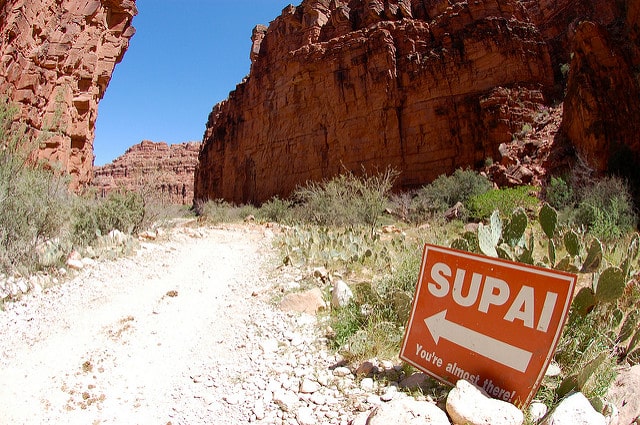
21. Located at the bottom of the Grand Canyon, is the village of Supai, the only place in the country where mail is delivered by mule. The U.S. Department of Agriculture referred it to as “the most remote community” in the contiguous U.S. As of 2010, there were 208 people living in the village.
22. Arizona is famous in the world for Grand Canyon, which is over a mile deep, 227 miles long and up to 18 miles wide.
23. The Grand Canyon National Park in Arizona sees 5 million visitors every year.

24. The other popular nickname of the state is The Grand Canyon State.
25. The largest reservoir in the U.S. – Lake Mead – was created after the completion of the Hoover Dam on May 29, 1935. The reservoir stretches 112 miles long with a total capacity of 28,255,000 acre-feet, a shoreline of 759 miles, and a maximum depth of 532 feet.
26. Arizona also has the deepest dam in the world – the Parker Dam. The dam is 320 feet high of which 235 feet are below the riverbed.
27. In Tombstone, the World’s Largest Rosebush spans 8,000 square feet, captivating visitors with its vibrant blooms.
28. Arizona is the first of the three states with official state neckwear: the bola tie. The other two states that have the same official neckwear are New Mexico and Texas.
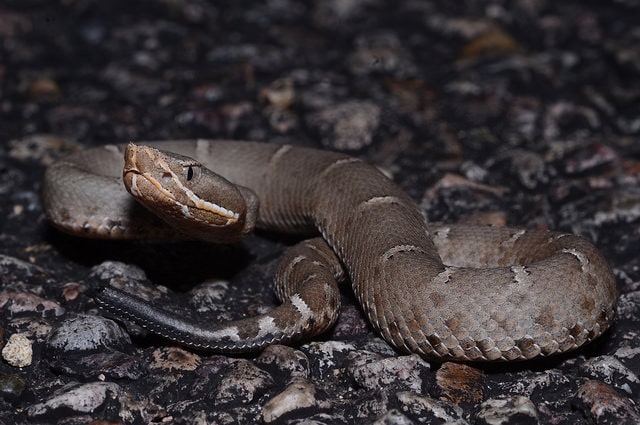
29. One of the most primitive rattlesnakes found in the country – the Arizona ridge-nosed rattlesnake – is the official state reptile of Arizona. The state has 13 species of rattlesnakes (sometimes called “buzzworms” because of the buzzing sound of their rattles), which is more than any other state.
30. The bola tie, with its distinctive design featuring a braided leather cord and ornate metal clasp, holds a special place in Arizona’s cultural heritage. The bola tie represents the state’s Western spirit and unique sense of style.
31. Phoenix, Arizona is the hottest city in the U.S.
32. Arizona (except the Navajo Nation) and Hawaii do not observe Daylight Saving Time.
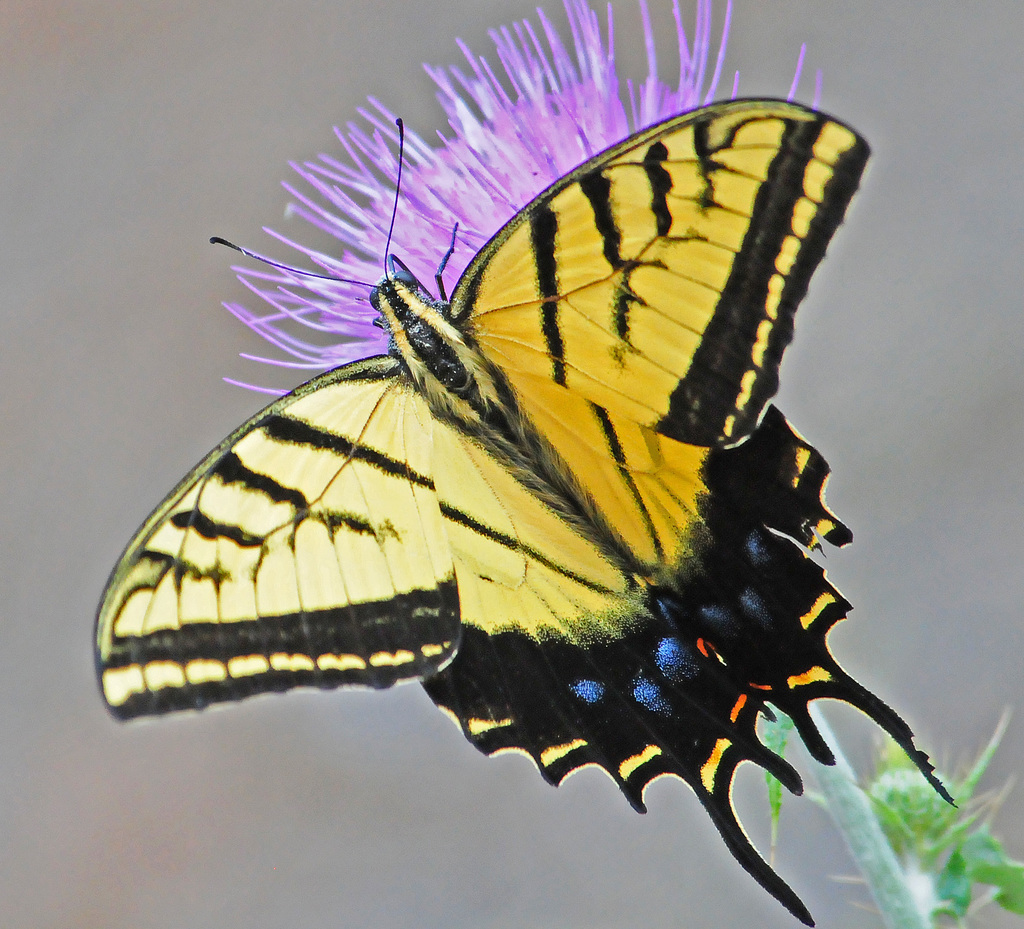
33. The two-tailed swallowtail butterfly holds the honor of being Arizona’s state butterfly, symbolizing the state’s natural beauty and ecological diversity. Its vibrant colors and unique characteristics highlight Arizona’s commitment to preserving its rich and delicate ecosystem.
34. “Arizona March Song,” composed by Margaret Rowe Clifford and Maurice Blumenthal in 1915, is the official state song of Arizona. This cherished anthem celebrates the state’s beauty and spirit, embodying the pride of its diverse landscapes and resilient people.
35. The U.S. Air Force bombing range in southern Arizona is one of the largest and most vital military aviation training areas globally. It serves as a strategic space where pilots enhance their skills and test advanced aircraft.
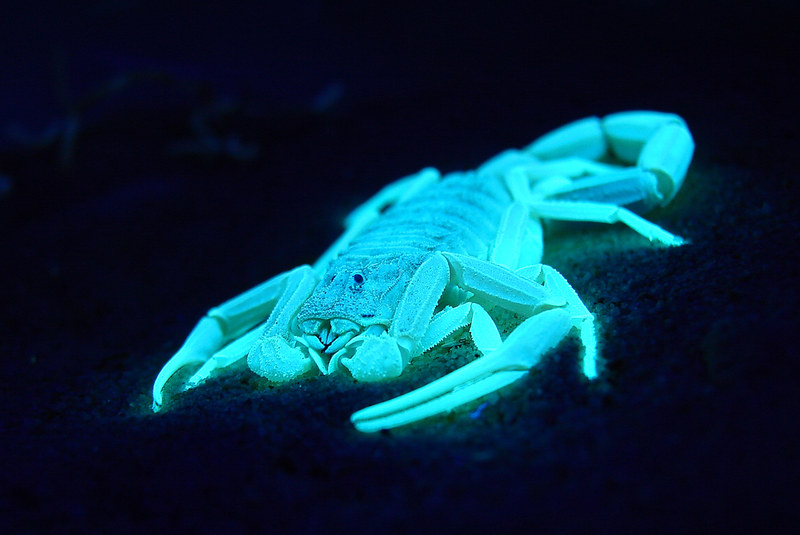
36. In Arizona, specific scorpions emit a glow under ultraviolet light due to a substance in their hyaline layer, creating a captivating natural spectacle.
37. Arizona’s economy historically relied on the “Five C’s” – copper, cotton, cattle, citrus, and climate. Copper mining, cotton farming, cattle ranching, citrus cultivation, and the state’s warm climate were key factors shaping Arizona’s economy.
38. Arizona is a prominent player in the citrus industry, ranking among the top producers of lemons and tangerines in the United States. The state’s orchards contribute substantially to the nation’s economy, with millions of dollars in sales generated annually through cultivating and selling these fruits.

39. Arizona is a leading global producer of exquisite turquoise gemstones, celebrated for their vibrant hues and unique patterns. Mined from the state’s mineral-rich landscapes, Arizona turquoise continues to captivate collectors and enthusiasts, reflecting the region’s rich cultural heritage.
40. Phoenix, Arizona, lacks a natural river flowing through it, making it one of the largest U.S. cities without this feature. Instead, the city relies on a network of canals, a testament to its innovative water management and adaptation to the arid desert environment.
41. A Batmobile utilized during the 1960s Batman TV show was involved in the world’s most expensive Batman memorabilia auction on 19th January 2013. It took place in Scottsdale, Arizona, at a Barrett-Jackson auction for a record bid of $4,620,000. George Barris, a custom car designer, transformed the Lincoln Futura into the iconic Batmobile in 1955.
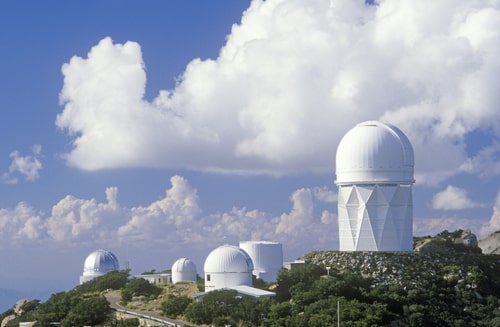
42. The “Cotton State” also has the largest aperture solar telescope located at the Kitt Peak National Observatory. Kitt Peak is an assembly of astronomical instruments located on top of the Quinlan Mountains in the Sonora desert. It is the largest astronomical observatory in North America. National Science Foundation (NSF) leased the land on which the observatory sits from the Tohono O’odham tribe in 1958. In 2005, the tribe opposed the installation of gamma ray detectors, arguing that they would disturb the spirits of their ancestors.
43. Carefree, Arizona, is home to the largest sundial in the Western Hemisphere, a striking symbol of both functional timekeeping and ancient celestial observation.
44. Tombstone, Arizona, is renowned for the Gunfight at the O.K. Corral, an 1881 clash between lawmen led by Wyatt Earp and outlaws called the Cowboys. Lasting only seconds, the event symbolized the Wild West’s struggle between law and lawlessness. It has since become a widely depicted and enduring part of American folklore, drawing visitors to the historic site.

45. Cutting down a cactus in Arizona is a punishable offense and the maximum term in jail for the act could be 25 years. The saguaro cactus which is prevalent in Arizona takes a long time to grow. The lifespan of the plant is between 150 and 200 years and the plant can grow up to 50 feet tall. Thus, the authorities are aggressive about protecting the habitat.
46. At 55, Cory Nielsen from Phoenix, Arizona, set a world record for building a pyramid using 1 million pennies. The pyramid measures 65 stacks across, back, and in height. Each coin stack is said to compose of 11 pennies. He achieved this feat without any glue or welding by simply using his exemplary balancing skills to stack them on top of each other.
47. Trenton Hayward, a regional professional tennis player from Flagstaff, Arizona, broke the world record for most serves done in an hour. He got his name into the books by hitting 1,658 in-bound serves in 1 hour. This broke an eight-year-old longstanding record in May. He had to follow strict regulations for his record attempt to count. It involved having acclaimed US tennis officials, scorekeepers, and a minimum of 2 camera angles.
48. Anne Lorimor, an 89-year-old from Arizona, became the oldest woman to summit Mount Kilimanjaro. The mountain in Tanzania, Africa, is considered the tallest free-standing mountain in the world. Despite falling and getting injured during the start of the climb, her endurance enabled her to achieve the feat in nine days.
49. Scott Flansberg from Phoenix, Arizona, became the world’s fastest human calculator by correctly summing up the number 38 to itself 36 times in record time of 15 seconds. This was achieved on 27th April 2000 in Wembley, UK. Oprah happened to meet this record-breaking human calculator in 2003.
50. The state is home to the two largest man-made lakes in the United States – Lake Mead (largest) and Lake Powell (second largest).
. . . continue reading on the next page
